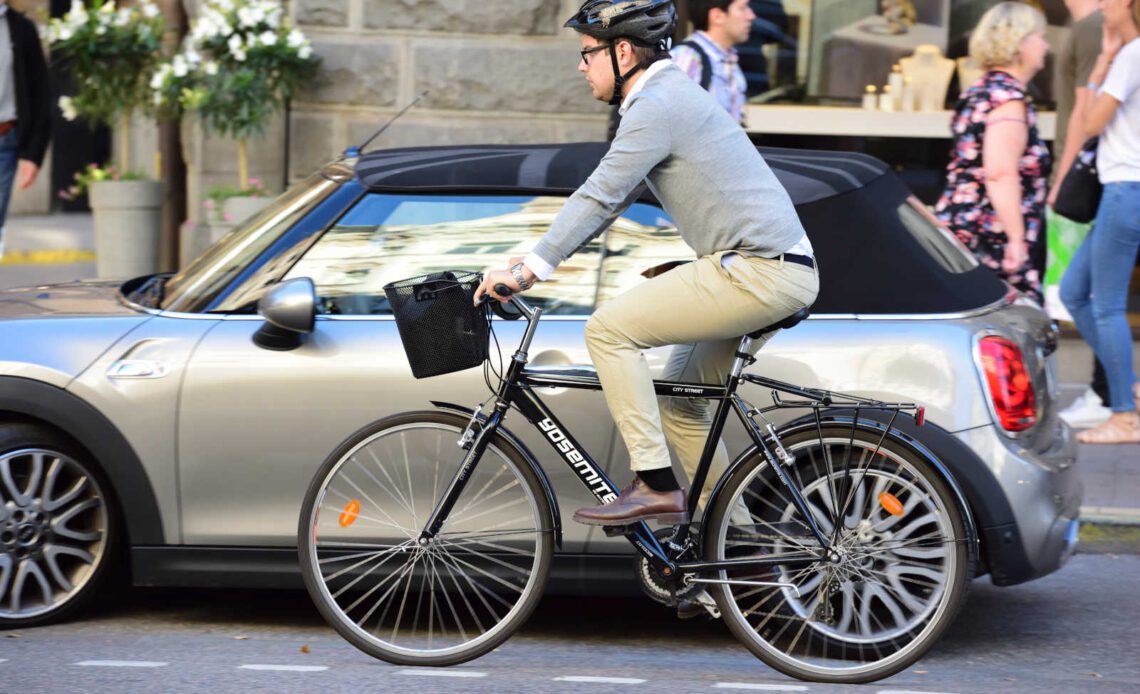A guide like this shouldn’t be necessary; cyclists shouldn’t have to ride defensively. Motorists should be more aware of vulnerable road users, but the fact is, many aren’t. Riding in a city can be a dangerous and risky experience. David Shellnutt, a.k.a. The Biking Lawyer, emphasizes the unfortunate truth that most drivers simply aren’t looking for cyclists. Therefore, it’s crucial to cycle defensively. This is not victim-shaming any rider who is hit by a driver; it’s the proactive approach we need to take for our own safety.
“Assume they don’t see you or don’t care,” Shellnutt advises on his website. “I always hate saying that; it sounds all doom and gloom, but if that kind of thinking helps you avoid a crash, then it’s actually a rather positive mantra.”
Concerning what to look out for, the cycling advocate offers the following tips.
Right or left hooks
Ride assuming that drivers aren’t indicating or slowing down; they might turn right or left in front of you.
Avoid the dooring zone
This refers to the space along the side of a parked car where you can be seriously hurt if a driver opens their door, approximately 1.2 m. Take extra space when going around parked cars, even if you ring your bell—they might not hear it due to closed windows or loud music.
Stop signs and red lights
Shellnutt has seen a surprising number of cars rolling through red lights or stop signs. “Make eye contact with the driver and ensure they will stop,” he says. “When in doubt, assume they will roll through.” Always assume the worst of drivers; at least you won’t be disappointed.
Changing lanes
“Do so early, signal, and only change lanes when you’ve triple-checked,” says Shellnutt. It shouldn’t be necessary, but unfortunately, you can’t assume anything when it comes to drivers.
If you get doored
If a motorist doors you, Shellnutt advises getting to safety and seeking medical attention. “If you are injured or believe you could be injured (be mindful you’re likely in shock), move as little as possible and request an ambulance by calling 911 or having a bystander make the call,” he says. “If an ambulance is not called, go to your family doctor or a walk-in clinic to get checked out the same or following day. Document your injuries, especially possible concussions. Even if you think you are fine, get a medical professional to tell you that.”
Get the driver’s insurance information and take photos
Before leaving the…
Click Here to Read the Full Original Article at Canadian Cycling Magazine…

